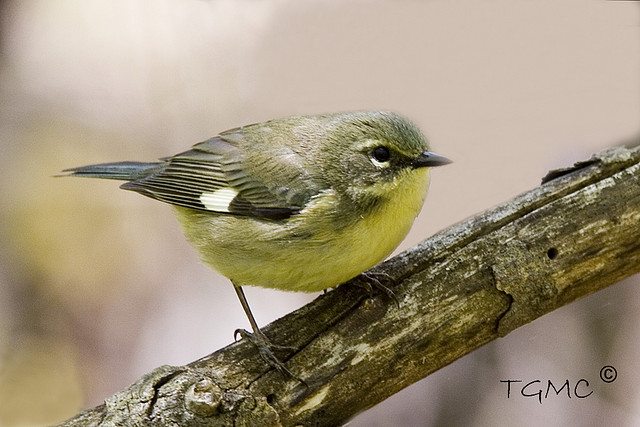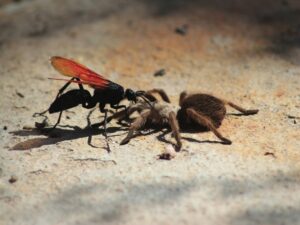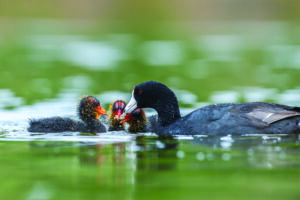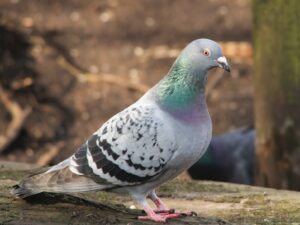As the days shorten and valley oak leaves fall, hundreds of birds are flocking to the Bay Area.
Many of these birds come from the distant shores of Alaska and Canada to escape freezing temperatures and to forage in the many microclimates they find here. Others use the Bay Area as a resting ground for a few days on their long journeys across the Americas.
The San Francisco Bay is the largest estuary on the Pacific Coast, making it an ideal refuge for a variety of winged creatures including shorebirds, raptors, and songbirds. Every fall more than 250 species of migratory birds visit the region, so whether you’re on the sandy shores of Ocean Beach, or hiking the steep slopes of Mt. Diablo, or just sitting on your backyard patio, you’re already on the perfect viewing platform.
Keep an eye out for these prominent species, and do tell us about your sightings!

Varied thrush
During fall and winter months you can find the varied thrush hopping around in the understories of both temperate coniferous and deciduous forests.This majestic songbird is similar in appearance to an Oriole with a robust orange breast, and black and gray bands along its wings. Twentieth-century bird artist Louis Agassiz Fuertes described the varied thrush’s song “as perfectly the voice of the cool, dark peaceful solitude which the bird chooses for its home as could be imagined.”
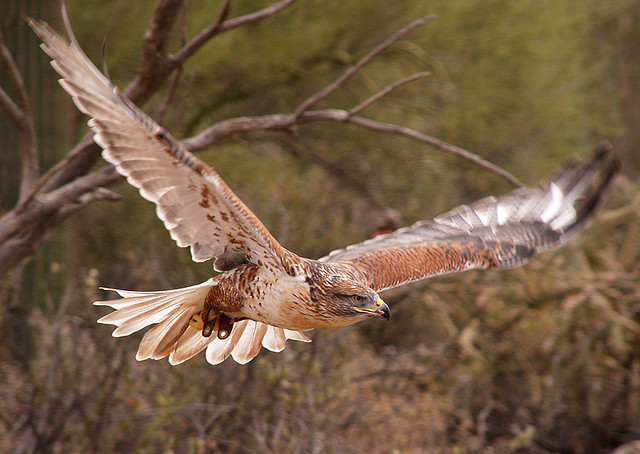
Ferruginous hawk
The ferruginous hawk is the largest hawk found in North America. With a wingspan of up to 56 inches (roughly 4.5 feet) this hawk soars over open grasslands hunting small rodents and mammals. The ferruginous hawk breeds in the Northern Great Plains and eastern slopes of the Rockies during summer months, and makes its way west to California and south to Mexico for the winter. While the majority of ferruginous hawks migrate, permanent populations can be found in the arid regions of northern Arizona, Nevada, New Mexico, Utah and Colorado. The Ferruginous Hawk is one of only three raptors found in North America with feathered legs all the way to the toes.

Whimbrel
If you happen to find yourself at the beautiful California coast over the next few weeks be sure to look for the whimbrel. This shorebird has a unique long and slightly curved bill that allows it to dig into the sand in search of invertebrates. You can find the whimbrel on nearly every continent. These birds have been known to fly up to 2,500 miles non stop as they make their way down from Alaska and Northern Canada.

Golden-crowned sparrow
After migrating from the thick coniferous forests of western Canada and Alaska, the golden-crowned sparrow spends its winters hopping around in shrubs, coastal chaparral and backyards throughout the Bay Area and California coast. In fact, it spends more of its time in its California wintering grounds than almost any other species. Interestingly enough the sparrow’s golden crown becomes less prominent during winter months. And its song is so woeful that Yukon miners of yesteryear referred to it as the “no gold here” bird, which it apparently sounds like it’s saying.

Black-throated blue warbler
Although the black-throated blue warbler generally does not inhabit or migrate to the California coast, individual birds can be spotted throughout the Bay Area. The black-throated blue warbler breeds in the northern deciduous forests of the Northeastern U.S. and Canada, and in winter migrates to Caribbean Islands and Eastern Latin America. Cool fact about them: the sexes look so different that they were originally described as two species, and they even hang out in different areas, the males preferring lower elevation forests and the females liking shrubby habitat at higher elevations. Apparently they make some compromise during mating season. And its name, as you can see, definitely refers to the male’s markings.
